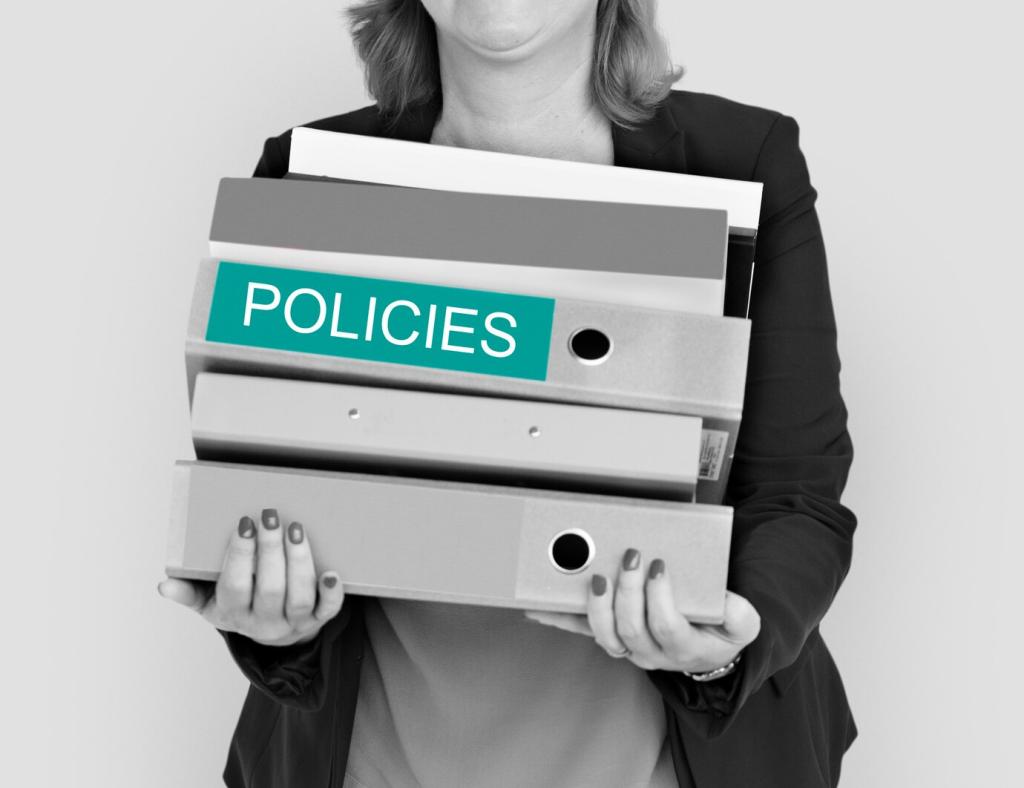Chosen theme: Policies Encouraging Sustainable Real Estate Development. Explore how smart rules, incentives, and accountability can accelerate greener buildings, healthier neighborhoods, and long-term value for people and the planet.
Why Policy Shapes Sustainable Real Estate
Market signals that unlock investment
Clear rules reduce uncertainty and lower risk premiums, which encourages lenders and developers to embrace energy efficiency, low-carbon materials, and resilient design. When cities set performance targets, capital follows, because expectations are transparent and payback horizons become easier to underwrite.
A quick story from a mid-sized city
A developer in a riverfront district won tenants early by meeting a new local standard for high-efficiency envelopes and heat pumps. The policy also offered fee reductions, tipping the pro forma from borderline to bankable, and the building leased ahead of schedule.
Your voice matters in policy cycles
Public comment periods shape building codes and incentive packages. Share your on-the-ground experience with planners, and subscribe here for alerts so you can weigh in when draft rules are open for feedback.

From prescriptive to performance
Performance-based codes set energy or emissions targets and let teams choose solutions that best fit climate, budget, and design intent. This flexibility spurs innovation while keeping accountability centered on measured results instead of mere component compliance.

Benchmarking and disclosure policies
Cities that require energy benchmarking and public disclosure see persistent improvements as owners compete and learn. Transparent data helps buyers, tenants, and lenders reward better buildings, creating a virtuous cycle that amplifies every efficiency upgrade over time.

Stretch codes and pilots
Stretch codes let jurisdictions test higher standards before scaling citywide. Pilots de-risk new technologies, provide real cost data, and build local capacity. Tell us if your project joined a pilot, and what you learned from permitting through operations.
Incentives That Turn Good Ideas Into Groundbreakings
Property tax abatements for high-performance buildings can bridge the gap between higher upfront costs and long-term savings. Credits tied to certified outcomes encourage durable, measurable improvements, not just checkbox compliance or short-lived retrofits.

Green bonds with clear reporting
Green bonds channel capital toward projects with defined environmental outcomes. Transparent use-of-proceeds, third-party reviews, and post-issuance reporting build trust, lowering borrowing costs for developers who deliver measurable energy, water, or carbon performance.
PACE financing for deep retrofits
Property Assessed Clean Energy lets owners fund efficiency, renewables, or resilience improvements and repay through property assessments. An office renovation used PACE to cover heat pump electrification, achieving better comfort, lower emissions, and positive cash flow from year one.
Transit-oriented development frameworks
Upzoning around transit, mixed-use allowances, and pedestrian-first street design reduce car dependence and cut household transportation costs. Projects near frequent transit often command stable demand, supporting ground-floor retail and active, resilient urban districts.
Parking reform that frees land and budget
Eliminating parking minimums saves construction costs and land for homes, trees, and community amenities. Policies that price curb space fairly encourage alternatives to driving, while developers can offer shared mobility options that better match actual demand.
Equity embedded in sustainability
Inclusionary zoning and anti-displacement measures can pair with green requirements to ensure benefits reach long-term residents. Tell us how your community balances affordability, efficiency, and access, and join our newsletter for practical policy playbooks.

Tackling Embodied Carbon and Circular Construction
Buy Clean policies that reference environmental product declarations guide projects toward lower-carbon concrete, steel, and glass. Clear thresholds and phased timelines help suppliers adapt, while project teams gain verifiable reductions without compromising performance.
Tackling Embodied Carbon and Circular Construction
Incentives for reuse and deconstruction ordinances keep valuable materials in circulation and preserve neighborhood character. One warehouse conversion saved time and emissions by retaining the structure and upgrading systems, becoming a beloved creative hub for local entrepreneurs.
Resilience Standards That Protect Value
Policies that promote passive survivability, microgrids, and backup power keep residents safe during outages. A coastal multifamily project maintained cooling and potable water during a heat wave, earning community trust and lower vacancy after the event.
